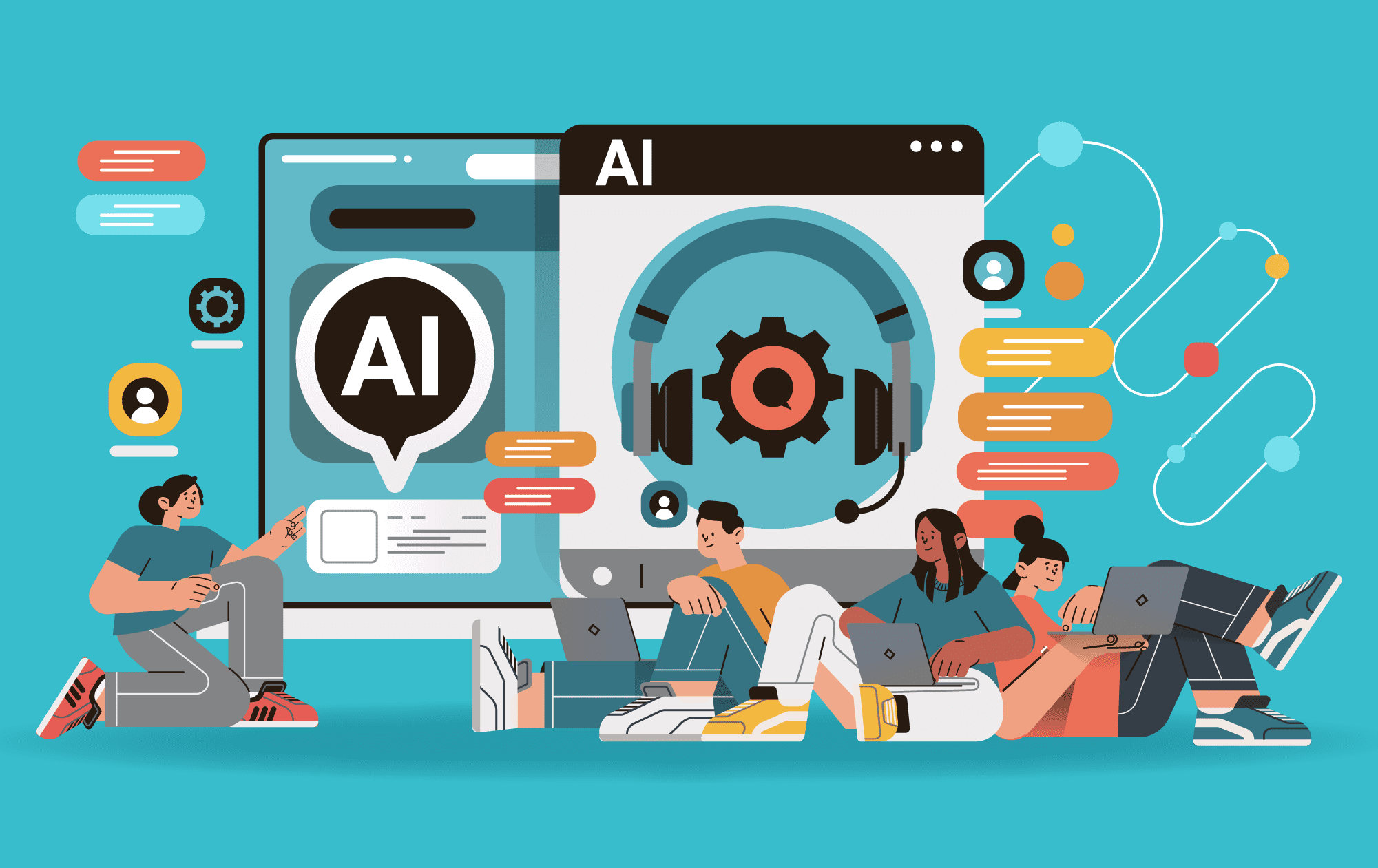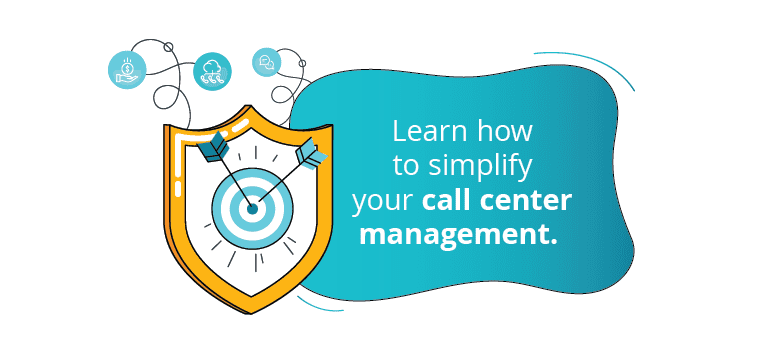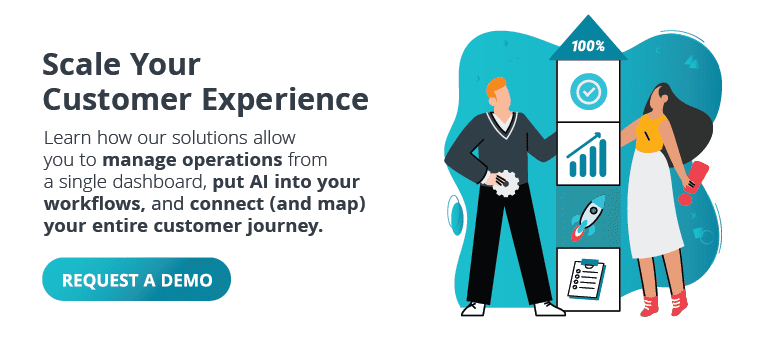Let’s address the elephant in the room: what the heck is contact center intelligence?
To put it simply, contact center intelligence is a set of tools that use artificial intelligence (AI) and data analytics to enhance operations and customer service.
But it’s not just AI. Contact center intelligence encompasses a mix of advanced technologies — speech analytics, automated call routing, workforce optimization, and more. Together, these tools help you optimize agent performance and personalize customer interactions.
Think of contact center intelligence like a superhero suit for your team. It’s like putting on glasses that enhance your vision and let you see things that are otherwise invisible. With the power of contact center intelligence, you can unlock the full potential of your operations, improve your customer experience, and streamline your processes.
Want to know how you can get the superpower for yourself? Here are three types of contact center intelligence that can take your management, operations, and service to the next level.
The Power of Conversational AI for Self-Service
We’ll start with the most obvious form of contact center intelligence: AI.
Research from Stanford and MIT shows that conversational AI is transforming customer service. The study followed the rollout of an AI-based conversational assistant tool to 5,200 customer support agents. Not only did the tool raise agent productivity by 14%, on average, but the AI-assisted interactions had higher average NPS, and monthly agent attrition dropped by 9%.
That’s pretty powerful. But how does it work?
Conversational AI expands self-service options using intelligent virtual agents (IVAs) and chatbots.
IVAs are AI-driven programs that use natural language processing to simulate human conversation. Customers typically interact with an IVA through phone systems and IVR menus.
Imagine this. A customer, Isaac, calls with a billing question. But before Isaac speaks to a human agent, your IVA chats with him. It mimics a human conversation, asking pre-programmed questions and gathering basic information about why Isaac is calling. Like an IVR menu, the IVA asks Isaac what category his inquiry falls into. Lucky for Isaac, his question is simple — he wants to know how much his upcoming bill will be. By collecting Isaac’s account info, your IVA can give him an answer, allowing him to hang up and go on about his day.
Even though it felt like he was talking with an agent, Isaac had a totally self-driven AI experience.
And what does this do for your operations? Isaac is one less customer in the call queue and one more satisfied customer who received a fast resolution. Now, your agents have more time to handle more complicated issues and your CSAT score gets a nice bump!
Similar to IVAs, chatbots are a type of virtual agent. Typically, they’re embedded on websites through live chat integrations. Chatbots help customers find information by offering answers to FAQs. They can also guide customers through your knowledge base and help handle transactional tasks. Like an IVA, chatbots can tackle simple tasks that take up agent time, reducing customer wait times and creating a more efficient service team.
Learn more about our new AI solution, Go.AI.
Speech Analytics Boost CX
Interpreting how your customers are feeling on a call is tough work. And misreading a conversation can have serious consequences. Speech analytics is a contact center intelligence tool that removes the guesswork and sheds some light on how customers think and feel.
These tools work by analyzing recorded voice data and extracting useful information from customer interactions. They assess the tone, pace, emotion, and content of conversations to identify trends, gauge customer sentiment, and evaluate call quality.
For instance, with info gathered from speech analytics, agents can detect a pattern of frustration with a specific product feature. This helps your agents shift their communication strategy and provides valuable feedback for your product team, which impacts your service and your entire customer experience.
Speech analytics also help improve quality standards and performance management tactics. You can use analytics to pinpoint trends in agent performance and identify areas of improvement. Then, you can use those insights as a catalyst for your next training. With the extra level of analysis provided by speech analytics, you can provide better customer experiences and boost your overall efficiency.
Workforce Management Optimizes Staffing
If your goal is to deliver excellent customer service, you can’t drop the ball with staffing. You need to ensure that any time a customer contacts you, someone is there to answer.
Let me put it plainly: your customer experience will crumble if your team lacks operational support. Luckily, workforce management (WFM) tools can help. WFM supports the logistical work that guarantees consistent customer support.
These contact center intelligence tools optimize staffing by analyzing the skills, availability, and needs of your workforce. With WFM, you can forecast call volumes to see when there will be spikes. Then, you can schedule the right number of agents with the right skills at the right times. This lowers wait times and helps avoid overstaffing or understaffing, making you more cost-effective.
Check out these must-have features in your WFM software.
WFM helps you stay agile and make real-time adjustments. Have a sudden spike in your call volume? Not a problem. With the right WFM tool, you can make instant changes to keep your agent workload manageable and sustain your service. Effective workforce management leads to more satisfied customers.
Ready to improve your call center operations? Let’s get started!










